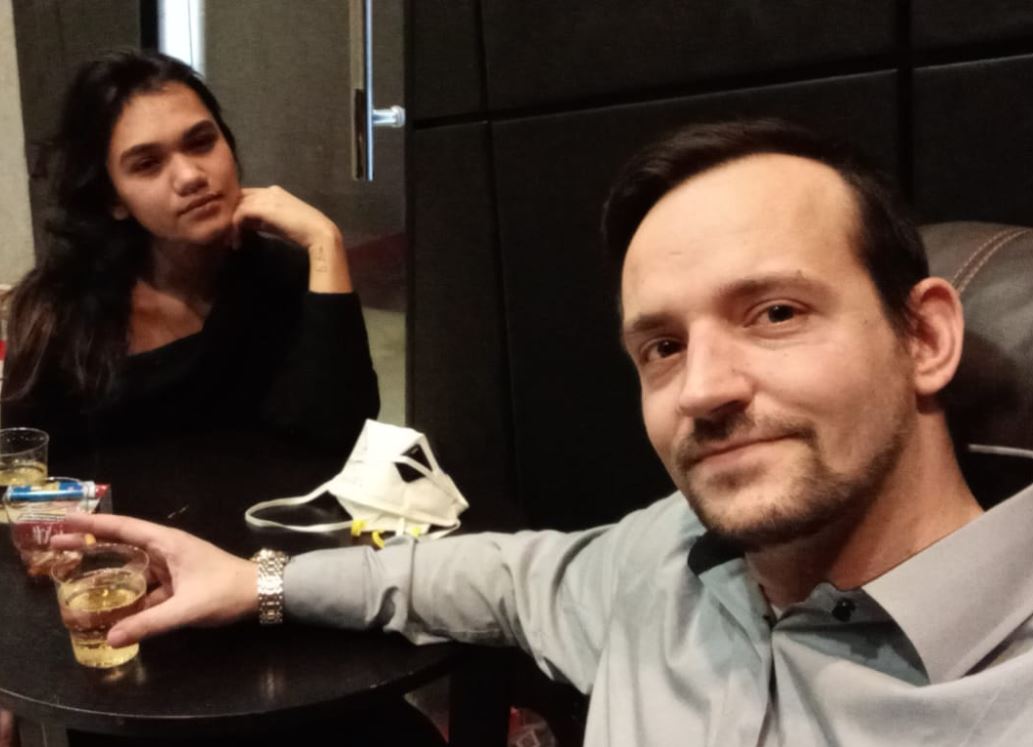Long -term consequences of conceals: athletes in danger!
A new Canadian study shows long -lasting changes in the brain of young athletes after concussion.
Long -term consequences of conceals: athletes in danger!
A current study by Canadian neurologist, published in the journal "Neurology", has produced alarming results about the long -term consequences of conceals of the brain in young athletes. The researchers of the St. Michael’s Hospital in Toronto observed participants with an average age of around 20 years over a period of one year after a concussion suffered. 25 patients were compared with a diagnosed concealed brain with 27 subjects of a control group. The results show that even one year after the incident, significant changes in the blood flow of some brain regions can be determined.
In particular, a reduction in blood flow by an average of 8.97 milliliters per hundred grams of blood per minute was recorded in the athletes who took part in the study. The Frontoinsular Kortex, a region of the brain, is affected, among other things, that is important for thinking, memory, emotions and social behavior. The MR examinations were carried out one to seven days after the sports accident, when the training was resumed and one year after the injury and continued to show signs of structural and neurophysiological changes despite the return to sport. These results raise questions about the long -term health effects of conceals.
long -term consequences and symptoms
The study illustrates that the brain recovery can take months to years, even if symptoms such as headaches and fatigue have long since disappeared. Nathan Churchill, the first author of the study, emphasizes that the problem of concealing the brain must be taken seriously, since those affected often do not show immediately noticeable symptoms that indicate a serious injury.
Especially in sports, brain conceals are one of the most common injuries. In Germany, for example, around 275,000 cases are assumed annually that occur not only in professional sports, but also in children and in everyday activities. The acute symptoms include lack of consciousness, dizziness, nausea and continued headache, which makes precise diagnostics necessary.
The dangers of repeated injuries
Special concern is the repeated experience of conceals. These can lead to cumulative negative effects, which is related to the knowledge of skull brain dreams (SHT). While concussion is a mild form of a SHT, more serious cases are associated with longer unconsciousness and possible long -term damage. Children up to five years and older people aged 65 and over are one of the particularly endangered groups.
The treatment of conceals is typically through pain relievers, physiotherapy and, above all, calm. In more severe cases, such as SHT 2. Or 3. degree, intensive care measures are often necessary. This comprehensive problem requires precise observation and further research, especially with regard to long -term consequences for different age groups.
The present study and the resulting knowledge underline the need for a critical examination of the dangers of conceals in the brain in sport, not only with professional athletes, but also in the leisure area. It is therefore essential to raise awareness of the risks and take adequate protective measures to ensure the health of athletes in the long term.
For more information on this topic and the effects of conceals, visit Krone , The press or Scilogs

 Suche
Suche
